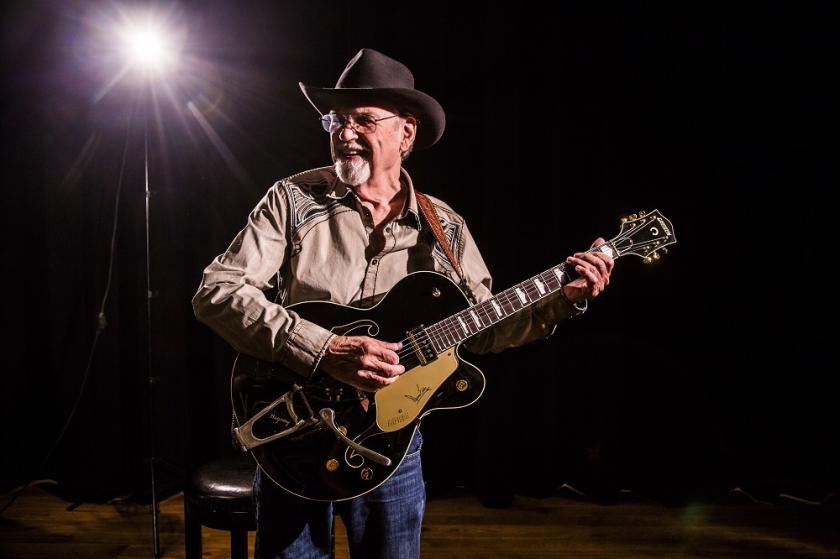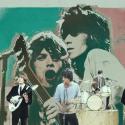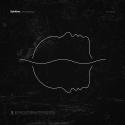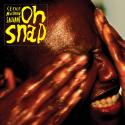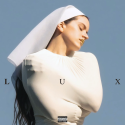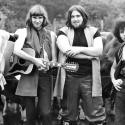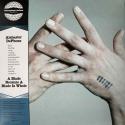Fifty years after he first entered what was then known as “the hit parade”, Duane Eddy stepped on stage at the London Palladium, cheered to the echo by an audience old enough to remember 78 rpm. By and large, they’d worn less well than the man they’d come to hear, who looked trim in charcoal jeans and cowboy boots, and a jacket of the sort tailors on Nashville’s Music Row specialise. His specs and white goatee were shadowed by a black Stetson, which remained firmly in place, even has he switched between various signature Gretsch guitars. He turned 80 this year, and although Imelda May, one of several special guests, serenaded him with a chorus of “Happy Birthday”, the big event was in fact in April.
Eddy opened with “Movin’ ‘n’ Groovin’” from his debut album, Have “Twangy” Guitar Will Travel and immediately we had travelled back in time, post-Frank Sinatra but pre-Beatles; even – just – pre-Cliff Richard, whose Shadows were heavily influenced by Eddy. Indeed, Bruce Welch stopped by to add his rhythm guitar to “Shazam”. The hits just kept on coming, Eddy supported by a five-strong line-up familiar from previous UK tours: Shez Sheridan, guitar; Jon Trier, keyboards; Colin Elliott, bass; Dean Beresford, drums; and Paul Corry, sax (some of whose riffs bore a disconcerting resemblance to music from the closing credits to the old Benny Hill Show).
The Duane Eddy sound remains as recognisable as ever – lead guitar played on the bass strings, use of open strings, and of course that distinctive vibrato. Classic numbers shone anew: "Cannonball”, “The Lonely One”, “Ramrod”, “First Love, First Tears”, “Play Me”, “Peter Gunn”, “Forty Miles of Bad Road”… In the first five years of his career, Eddy had sold 12 million records, produced by local DJ Lee Hazlewood in a studio in Phoenix, Arizona. Hazlewood didn’t have an echo chamber, so he and Eddy checked out 2,000-gallon water tanks, buying the one whose echo they liked best. The “Movin’ ‘n’ Groovin’” riff was borrowed from Chuck Berry’s “Brown-Eyed Handsome Man” and was itself soon borrowed by the Beach Boys for “Surfin’ USA”.
Eddy paid tribute to Berry with a cover of “Memphis Tennessee”, joined by his old friend Richard Hawley, who’d brought along his two backing singers. (Marie, of course, is “six years old”, which Chuck would never have got away with today!) Hawley also helped out on two Fats Domino numbers, “My Blue Heaven” and “Blueberry Hill”, to which Corry added a spirited sax line. Imelda May, in sparkly mini-dress, offered a heartfelt vocal on “Tennessee Waltz”, the old Patsy Cline classic.
The concert was introduced by Bob Harris, whose sparkly long jacket bore testimony to a shopping expedition in Nashville, to which city he has been a regular visitor these past 20 years. It had taken him a while, he recalled, to realise that so much of the music he’d enjoyed as a teenager had its roots in country, a genre which – following Bob Dylan’s late-sixties foray to Music City – had entered rock’s mainstream. Duane Eddy, with whom he enjoys a regular Nashville curry, is but one link in the great continuum.
These days, Harris is heavily involved in the UK Americana Music Association which, two years ago, gave its inaugural Emerging Artist Award to Robert Vincent, whose debut album was recorded in Liverpool (he’s seen in some quarters as “the Scouse Springsteen”, though he is in fact from Crosby) and mixed in Nashville. Earlier this year, Vincent opened for Beth Nielsen Chapman on her UK tour and he is doing the same for Eddy, hints of rockabilly in such songs as “My Neighbour’s Ghost”. He needs to learn how to “be” on stage, however – asking the audience for the time is not a good look. Adrian Gawtry on lead guitar and pedal steel, occasionally alternating between both in the same song, was a notable talent.
Duane Eddy has been visiting Britain since 1960, since readers of NME voted him “World’s Number One Musical Personality”. He clearly loves the country, genuinely, and his fans love him back. Hawley suggested to the audience that they might not get many more chances to see him – but judging by Eddy's seemingly effortless performance at the Palladium, he’s likely got quite a few miles of good road in him yet.
*Paul Corry points out that the solos he plays are “direct replications of the sax solos on Duane Eddy’s original records”. The Benny Hill riffs referred to are in a style called “yakety sax” which comes from a line of great American players Eddy featured on his records: Jim Horn, Steve Douglas and the legendary King Curtis. The style originated in New Orleans and was later appropriated by Boots Randolph who recorded a tune that was decades later used for Benny Hills theme.
Liz Thomson is happy to be corrected and no offence was intended to Corry, one of the foremost practitioners of the 1950s classic R&B sound.

